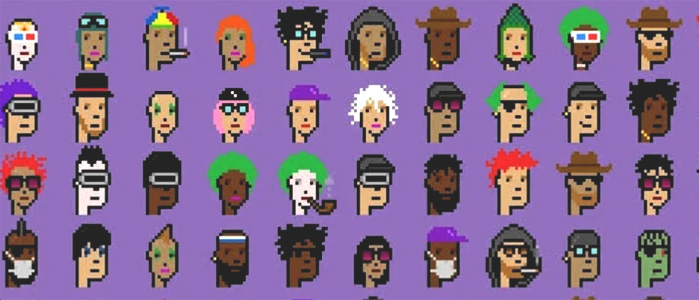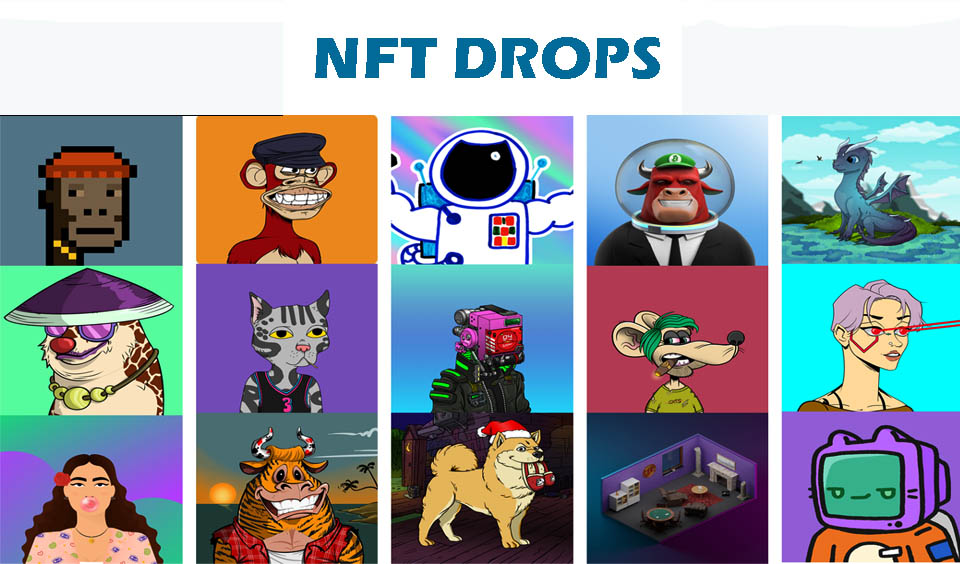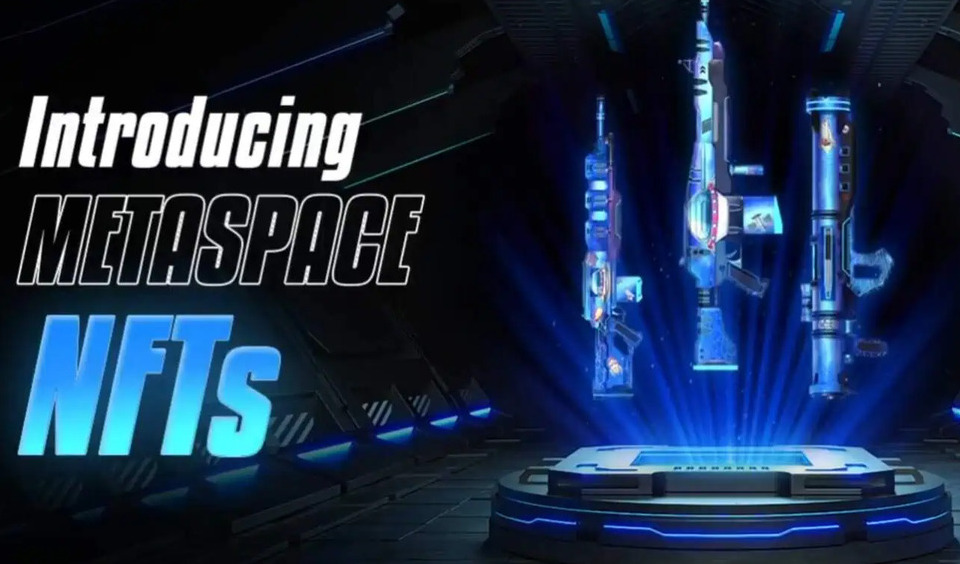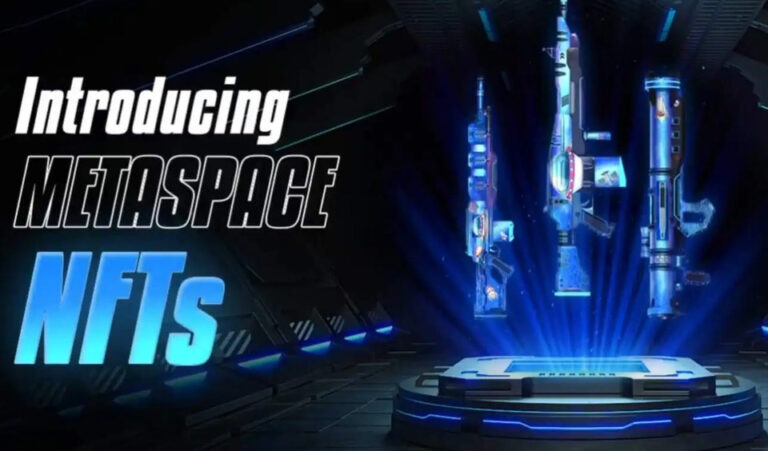An NFT drop is the launch of a new NFT. The term “drop” provides more details as to when the NFT will be available for minting. Most NFT drops offer Whitelist to interested participants so they can get early access to the mint event.
Participating in an NFT drop at the launch means you have a high chance to get the NFT at a cheaper rate. That is because you are trusting in the value of the NFT even before it starts gathering momentum. NFT creators reward buyers for that reason by providing the non-fungible token at a cheaper rate.
It should be noted that NFT drops have purchase limits. That means there is a limit to how many NFTs you can mint at the event. Today, more brands and artists are getting involved in the development of NFTs.
Therefore, it is common to hear about NFT drops now and then. By the way, if you are a great fan of Twitter and you follow some NFT pages, you will receive news about several NFT drops every week.

Things to Consider Before Buying an NFT
With hundreds of NFTs in the market and many NFT drops happening every week, it may become difficult to choose. You may even feel a sense of missing out on important drops when you see some announcements.
The truth is that you can’t buy every NFT that comes your way. If you try to participate in every NFT event, you will likely get scammed or buy an NFT that is not worth it. Before you buy an NFT, here are some important tips to follow.
Understand the Types of NFT Drop
There are different forms of NFT drops. The most popular option allows artists to mint NFT collections and offer them to interested holders based on how they show interest. When these NFTs are sold out, they are gone. Creators often put limits on the number of NFTs that an owner can buy.
There are Open Edition drops, which allow an artist to mint as many NFTs in a collection as they can over a period. At the end of the minting period, they release the number of NFTs that they have minted as the collection in an NFT drop.
When you know the type of NFT event you are participating in, you can ascertain if it is a limited minting event or an ongoing concern. Most limited editions of non-fungible token collections are priced premium with high value.
Don’t Buy NFTs that Don’t Appeal to You
NFTs are arts. Just like when you want to buy a piece of art, only invest money in an NFT that you like. While it is nice to collect art just to hold it in your wallet to sell it, an NFT that you don’t like will be like a burden.
If you don’t like it, you won’t attach much value to it and when someone offers a ridiculous price for it in the marketplace; you will likely sell it off. However, if it is something you like, you will mostly want to keep it as a prized possession and only sell it as a precious piece with high value.

Research an NFT before You Buy
As you do with valuable things you buy, take the time to research the NFT that you want to buy. Who created the NFT and does it align with your values? Has the creator ever made an NFT before and how successful have they been?
Is the art appealing enough to you? What are others saying about it? What is the reputation of the NFT creators and do they have a strong community? You should get answers to these questions before you decide to buy.
Conclusion
Finally, don’t overpay for an NFT. Only spend as much as you can afford to lose on an NFT. Anything can happen to the price of an NFT. You may anticipate that it will be a success and it ends up a failure, even with all the hypes.
While not overpaying is a rule of thumb, you should also not settle for an NFT that is too cheap. If it is too cheap, then it likely doesn’t have strong value.






